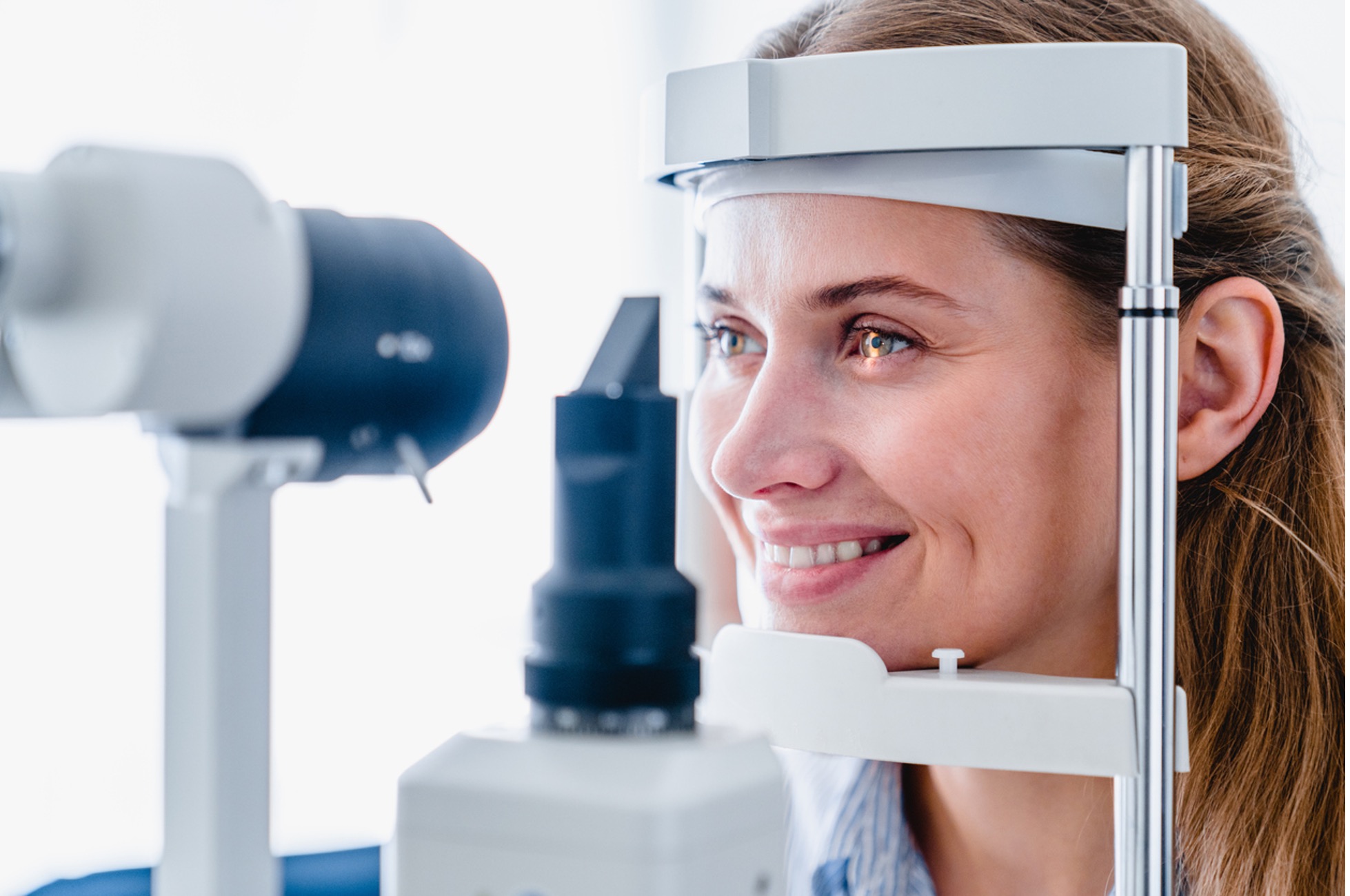Top-Rated Eyecare Near Me: Professional Vision Services Available
Top-Rated Eyecare Near Me: Professional Vision Services Available
Blog Article
The Role of Advanced Diagnostic Devices in Identifying Eye Disorders
In the world of ophthalmology, the usage of sophisticated analysis devices has actually changed the very early identification and management of different eye disorders. From identifying subtle adjustments in the optic nerve to checking the development of retinal illness, these technologies play a pivotal duty in improving the accuracy and effectiveness of diagnosing eye problems. As the demand for specific and timely diagnoses remains to grow, the integration of cutting-edge tools like optical comprehensibility tomography and aesthetic field screening has actually become vital in the realm of eye treatment. The detailed interaction in between innovation and sensory methods not just clarifies elaborate pathologies however additionally opens doors to tailored treatment strategies.
Importance of Very Early Medical Diagnosis
Very early medical diagnosis plays a crucial function in the effective monitoring and treatment of eye problems. By detecting eye problems at a very early phase, medical care providers can provide proper therapy plans customized to the particular problem, ultimately leading to better results for patients.

Innovation for Detecting Glaucoma
Sophisticated diagnostic modern technologies play an important duty in the early discovery and monitoring of glaucoma, a leading reason of irreversible blindness worldwide. One such modern technology is optical coherence tomography (OCT), which gives detailed cross-sectional pictures of the retina, permitting the measurement of retinal nerve fiber layer density. This dimension is vital in examining damage triggered by glaucoma. Another advanced tool is aesthetic field testing, which maps the level of sensitivity of a person's visual area, helping to discover any locations of vision loss characteristic of glaucoma. Additionally, tonometry is used to gauge intraocular stress, a significant risk element for glaucoma. This examination is critical as elevated intraocular pressure sites can result in optic nerve damages. Additionally, newer technologies like using synthetic knowledge formulas in evaluating imaging data are revealing appealing cause the early detection of glaucoma. These innovative analysis devices make it possible for eye doctors to identify glaucoma in its beginning, permitting for prompt intervention and better monitoring of best site the condition to protect against vision loss.
Duty of Optical Coherence Tomography

OCT's capability to evaluate retinal nerve fiber layer thickness allows for specific and unbiased dimensions, assisting in the early discovery of glaucoma also before visual field flaws end up being apparent. OCT innovation permits longitudinal surveillance of architectural adjustments over time, helping with personalized therapy strategies and prompt treatments to help maintain people' vision. The non-invasive nature of OCT imaging likewise makes it a preferred choice for monitoring glaucoma development, as it can be duplicated consistently without causing pain to the individual. Generally, OCT plays a crucial function in boosting the diagnostic accuracy and monitoring of glaucoma, ultimately contributing to much better end results for individuals in jeopardy of vision loss.
Enhancing Diagnosis With Visual Field Testing
An important element in extensive sensory examinations, visual field screening plays a pivotal function in enhancing the diagnostic procedure for numerous eye disorders. By evaluating the complete level of a person's aesthetic area, this examination supplies vital details about the useful honesty of the whole visual pathway, from the retina to the visual cortex.
Aesthetic field testing is particularly beneficial in the medical diagnosis and administration of conditions such as glaucoma, optic nerve disorders, and various neurological diseases that can affect vision. Via measurable measurements of peripheral and main vision, clinicians can spot subtle adjustments that might indicate the visibility or development of these conditions, also prior to recognizable symptoms take place.
Moreover, aesthetic field screening enables the monitoring of therapy efficacy, aiding eye doctors tailor restorative interventions to specific people. eyecare near me. By tracking changes in aesthetic field efficiency gradually, healthcare providers can make educated choices regarding readjusting medicines, advising surgical treatments, or executing various other suitable actions to preserve or boost a client's aesthetic function
Handling Macular Deterioration

Conclusion
In final thought, progressed diagnostic tools play an essential function in determining eye problems early on. Technologies such as Optical Coherence Tomography and aesthetic field screening have greatly improved the accuracy and performance of identifying conditions like glaucoma and macular degeneration.
Report this page